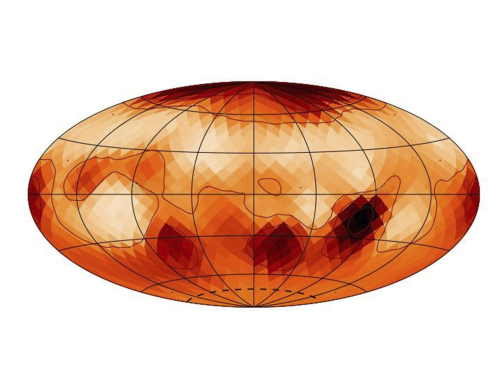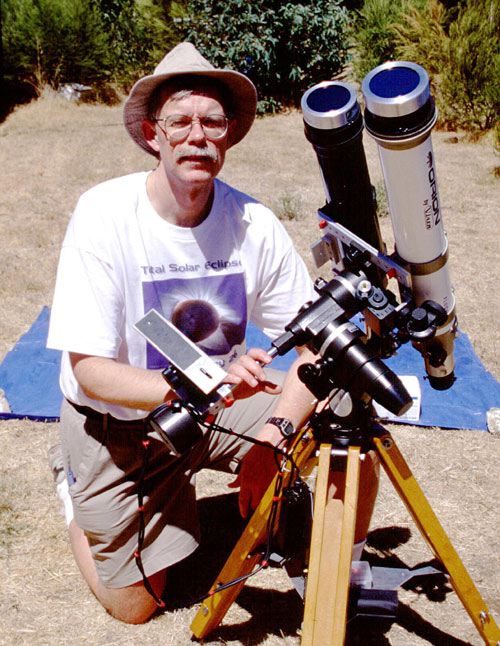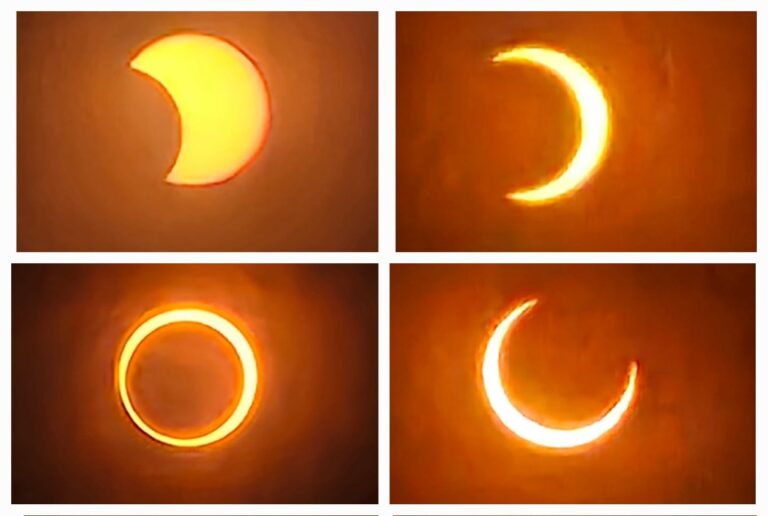Key Takeaways:
- Starspots, cooler areas on stars' surfaces, are similar to sunspots.
- Starspots have been directly observed on some nearby or giant stars using interferometry.
- Kepler telescope detected starspots indirectly by measuring dips in starlight brightness.
- Studying starspots helps scientists understand how stars behave and evolve.
Q: Have sunspots been observed on other stars?
A: Yes, astronomers have seen sunspots — in this case, called starspots — on other stars.
Sunspots appear as dark spots on the Sun because they are areas where the temperature is cooler than the surrounding gas. They’re regions where the Sun’s magnetic field extends outward from the surface, which reduces the area’s temperature. Because this phenomenon is not limited to the Sun, it makes sense that such spots would occur on other stars.
And, in fact, the Kepler Space Telescope, which was designed to measure tiny changes in a star’s brightness over time, often caught starspots during its mission. Kepler watched stars to look for telltale dips in brightness that occur when a planet crosses in front of the star from the telescope’s viewpoint. But a large starspot can cause a similar dip in brightness. A study published in January 2019 in The Astrophysical Journal, led by Kosuke Namekata at Kyoto University in Japan, identified and tracked 56 starspots from a sample of more than 5,000 Sun-like stars that Kepler observed.
Alternatively, astronomers have seen some starspots directly. Beyond the Sun, this is only possible with nearby or giant stars that are imaged using a technique called interferometry. This technique combines images from multiple telescopes to create a virtual telescope much larger than its individual parts. Only about 20 stars have been imaged this way, including Antares, Betelgeuse, and Regulus. In these images, darker starspots are often visible. Understanding the activity of starspots on other stars ultimately helps astronomers better understand the behavior and evolution of all stars.
Associate Editor










